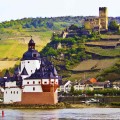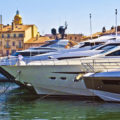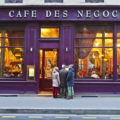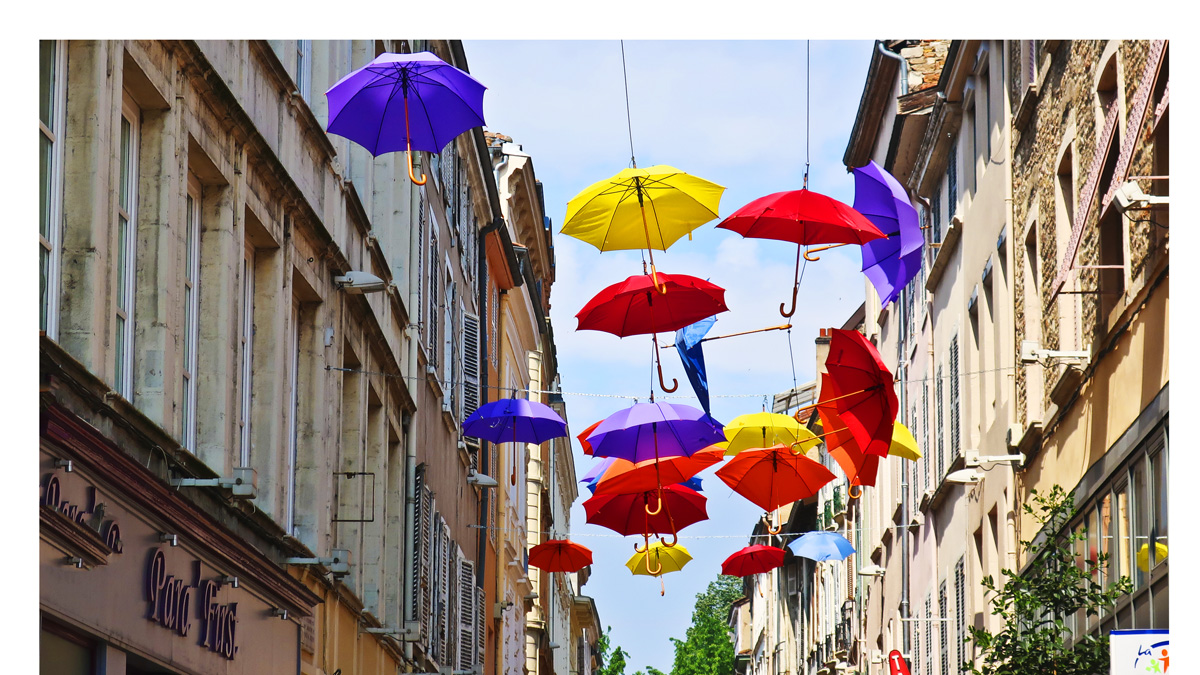
The streets seemed deserted as we began a morning tour of the idyllic wine district town of Tournon. But not for long. With a fanfare of trumpets and swirl of colors, the town’s marching bands led fire-fighters wearing gleaming helmets, gendarmes in dress uniforms and tout le monde en ville through the narrow cobblestone streets to a ceremony in the square.
Every morning brought delightful surprises like this on our Emerald Waterways cruise in Provence. The new Emerald Liberté tied up in historic towns in the Rhône Valley that are straight out of French fantasies. Many, like Arles, Avignon, Lyon are famous in song and story. Others are renowned for their fabulous wines.
As delightful as the ancient towns along the rivers of Provence are, the famed wine region is studded with fascinating historic attractions for those who want to explore further afield. From a fortified city perched on a cliff, to a medieval hospital whose medical gear resembles torture instruments, guests of Emerald Liberté get multiple opportunities to Discover More on an intensive tour program.
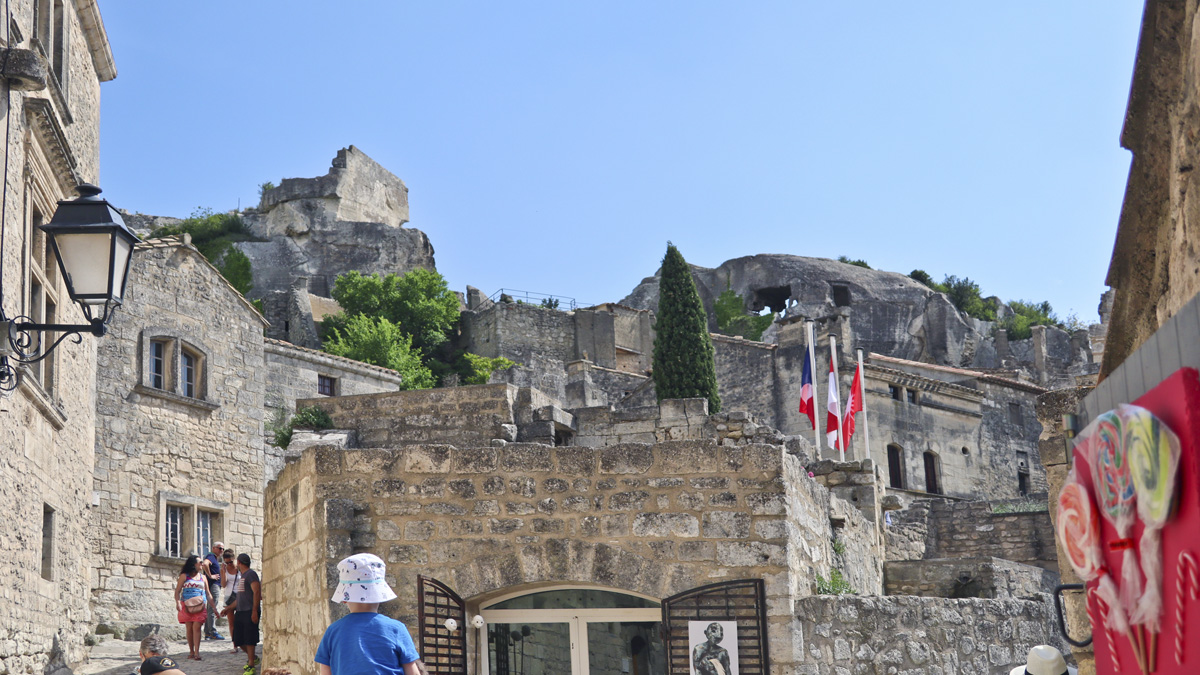
1) Falling in love with Les Baux
Our cruise and our explorations begin with a complimentary walking tour of Arles, (pronounced Ar-La as our guide instructs). The city that inspired Vincent Van Gogh to paint Starry Night is an easy walk from where Emerald Liberté docks.
The first of our optional Discover More tours is an afternoon drive to the fortified cliffside town of Les Baux-de-Provence on a route that takes us through the scenic lowlands of the Camargue district. The roads are all lined with plane trees whose mottled white and brown trunks seem to be painted by a master. Then the terrain becomes limestone hills with slopes planted with olive groves that date back two millennia, to the days when the Romans made over Gaul in their image.
Our destination is a town that seems to hanging off a cliff. Its castle was first built in the twelfth century by the Counts of Les Baux (who claimed to be descended from King Balthazar) and was a stronghold regularly under siege during centuries of religious wars. The winding cobblestone streets lined with incredibly quaint stone homes are straight out of scenes in medieval manuscripts. And don’t miss the artisanal chocolate shops, which give out free samples (guaranteed to get you to buy some).
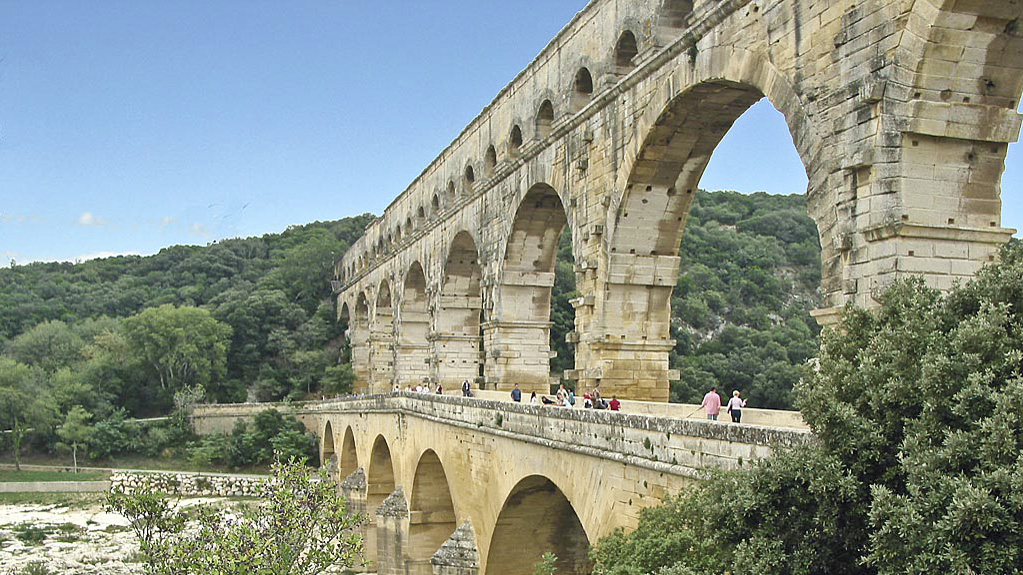
2) Sur Le Pont du Gard, et Uzès
After our morning walk around Avignon (and a dance on its famous bridge), the afternoon tour is to a place that proves the engineers of the Roman Legions built things to last. The Pont du Gard is an elaborate first century AD aqueduct that’s listed as a UNESCO World Heritage site. The Romans built the three-tiered aqueduct that for centuries carried a river of water over a valley a thousand feet wide without a leak.
There’s more Roman history in the nearby small town of Uzès, whose narrow circular streets have been the domain of a cast of fascinating characters over the centuries, from the Frankish King Pepin the Short to the Dukes of Uzès, to Capuchin monks who built an abbey here. Today the picture-perfect town is studded with charming cafes and wine bars.
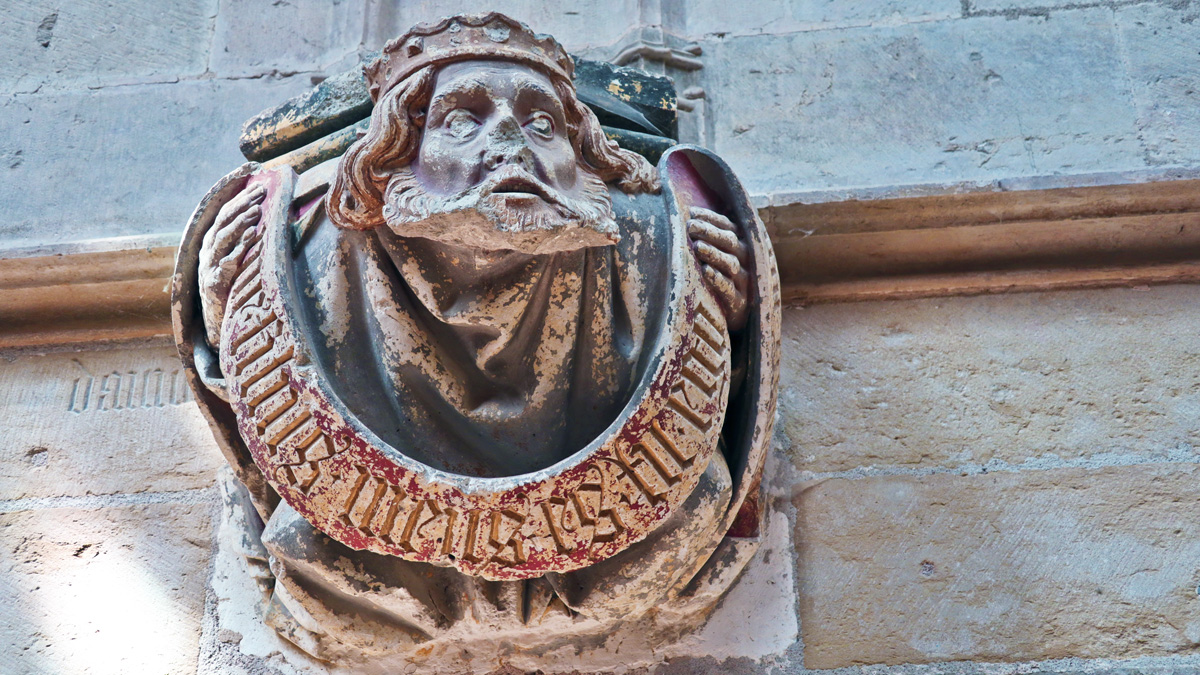
3) Delicious Beaujolais and the Cluny Abbey
The town of Mâcon is a delight for a morning stroll. Although it isn’t particularly historic, it’s a bustling market center for a wide area along the Saone River and it features whimsically decorated winding streets with an exceptional variety of stores and food and wine shops.
The ride to our afternoon destination passes through the lush and hilly Mâconnais and Beaujolais wine districts. We’re heading to Cluny, with an ancient abbey. Founded by the Benedictines in 910 AD , it grew over centuries to become one of the largest churches in all of Christendom. It’s a splendid walk through a park of ancient trees to the remains of the abbey that include the soaring Tour des Fromages, once used to ripen cheeses.
While much of the once-rich decoration is gone from many of the chapels you can imagine how grand the abbey must have been. One cloister is still decorated with fantastic busts of saints that literally pop out of the walls. And you can still be awed by the acoustics of the chapels that rang out with hymns and chants of the monks. Our small group was urged by the guide to sing a chorus of Frère Jacques in one of the naves and it reverberated for half a minute after the song ended.
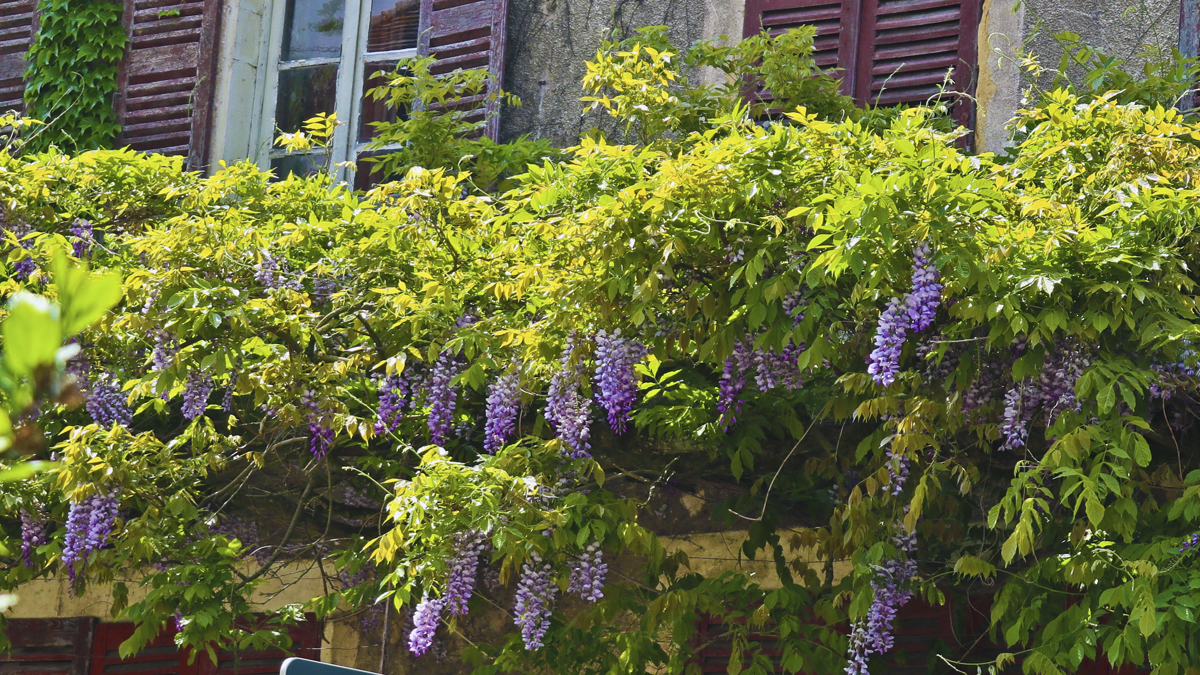
4) Medieval perfection in Pérouges
A siege that destroyed the small village of Pérouges perched atop a scenic hill proved to be a blessing in disguise. The place was rebuilt in 1468 to withstand just about anything. Because of that, it’s stood almost intact since the Middle Ages. You’ve seen it as he setting for any number of historical epics, most famously The Three Musketeers, starring Michael York.
The beautiful rows of ornate stone buildings and its fortified church are enclosed by an impenetrable circular wall. A highlight of the walk is the central Place du Tilleul featuring a 200-year-old “tree of liberty” planted to celebrate the French Revolution. No visit is complete without a piece of the local specialty, Galette de Pérouges, a thin crust baked with a rich butter and sugar topping.
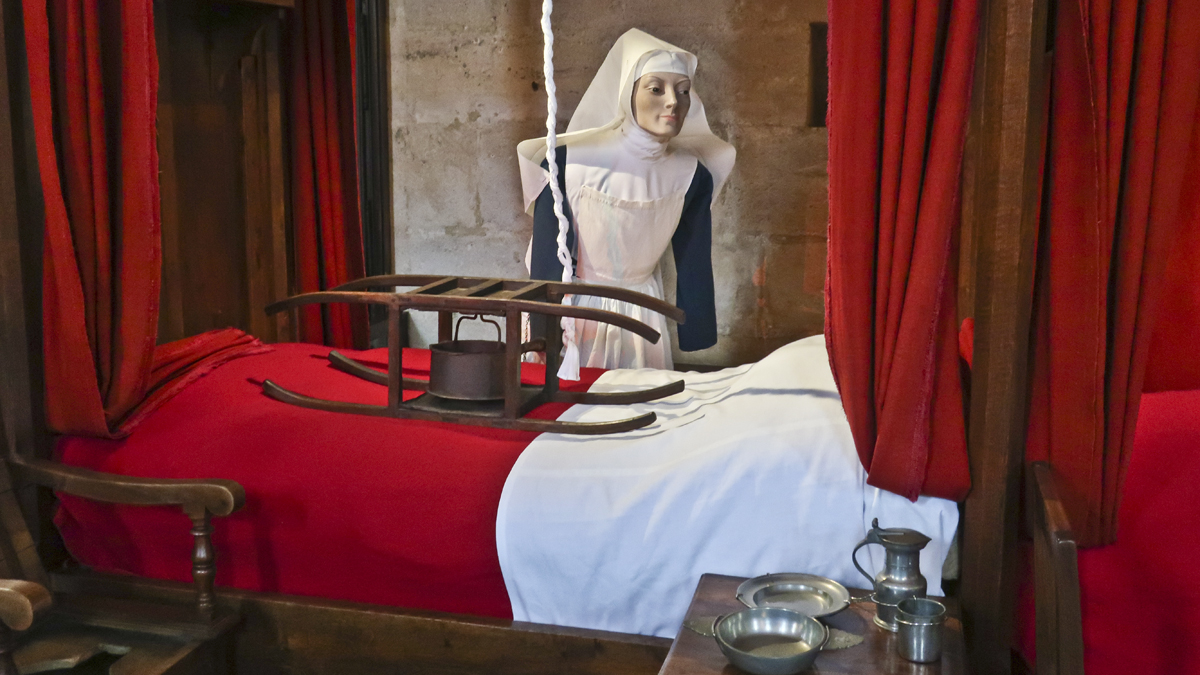
5) Bad to the Beaune
A tour to the heart of Provence’s wine country that used to be a Discover More tour with a additional fee has became so popular that it’s now complimentary on Emerald cruises. The drive from the river town of Chalon sur Saone runs through valleys of vineyards that are a roster of elite wine appellations, including Puligny-Montrachet, Mersault, Pommard, Vosne-Romanée. You can see why their vintages are so rare, as some of the vineyards cover only a few acres each.
We reach Beaune for a tour of the Hospice de Beaune that looks like a palace, but was built as a hospital for the poor. It boasts extravagantly decorated roofs and cathedral-like interiors, including rows of beds curtained in velvet and a collection of vintage medical instruments that look like torture devices. It seems that the only thing worse than being sick in the fifteenth century was being poor and sick. But at least they had an ornate place to recuperate.
The hospital has moved out, but since 1859 the town and its wine producers have hosted a charity wine auction to finance upkeep of the building. The sale is not only a highlight of the social calendar, it’s also an early indicator of price trends for the year’s vintage.
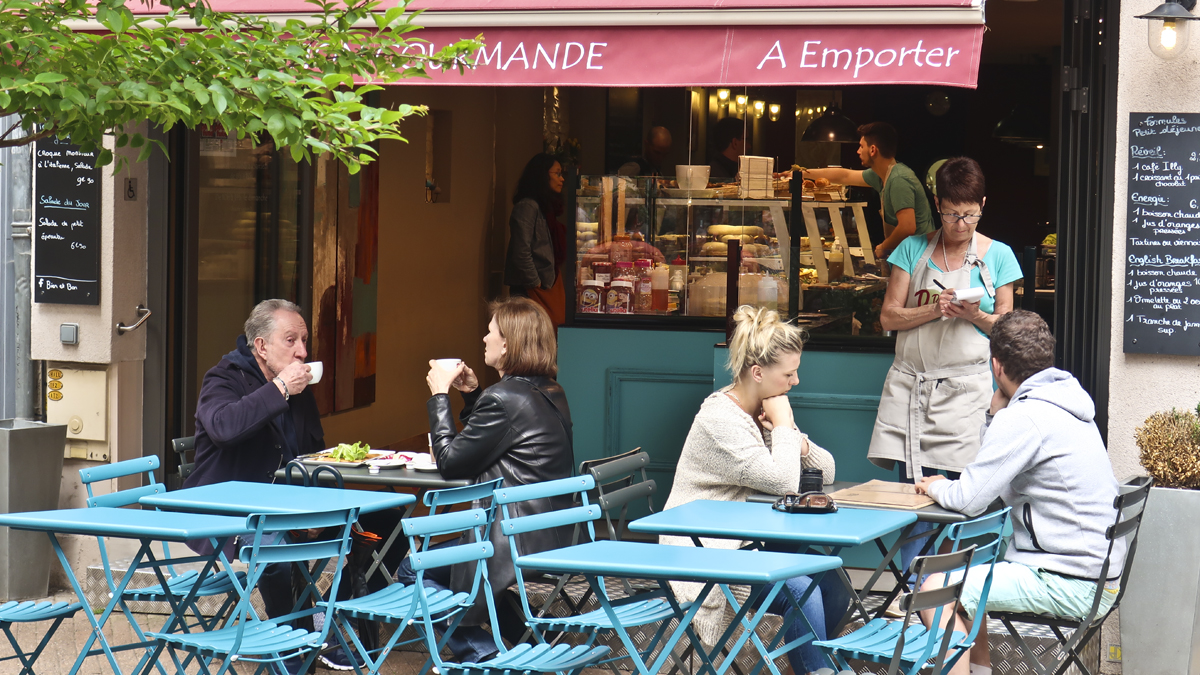
Then there’s free time for exploring this capital of the Burgundy wine region. If you can’t find a wine shop here, you aren’t trying. Displays include bottles that sell for four figures, but there are also bargains if you’re looking for a particular vintage. Top it off with a stop in a local café and you’ve got a quintessential Provençal experience.
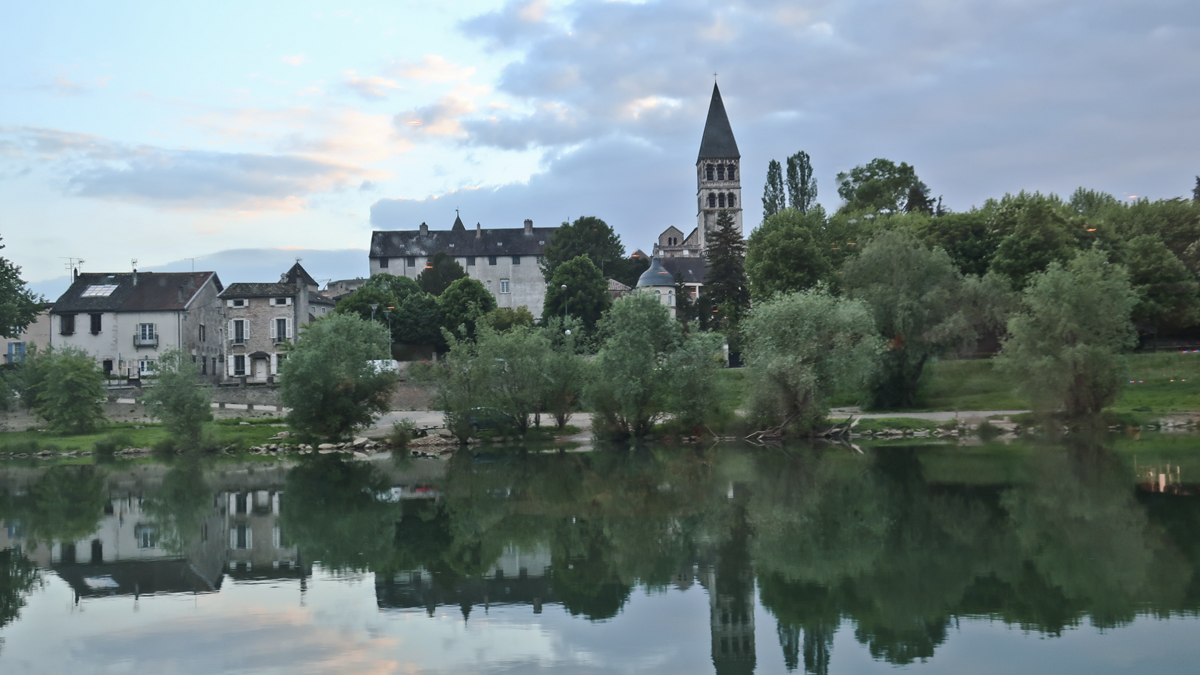
The only minor drawback of the Discover More tours is that they’re scheduled in the afternoons so as not to conflict with the complimentary tours that happen every morning. Since they don’t leave until 2 p.m. you’re back at the ship until around 6, which necessitates a fast change if you want to get ready for the evening briefing that starts at 6:30 and dinner at 7 p.m..
A roster of Discover More tours is offered on every Emerald Waterways cruise. Some of the explorations have proved so popular that they are now offered on a complimentary basis.
Each of the four optional tours in Provence are priced at about 50 Euros per guest each, and I consider that a bargain. They offer rich insight into why Provence is a region you’ll want to return to visit in more depth in the future.

